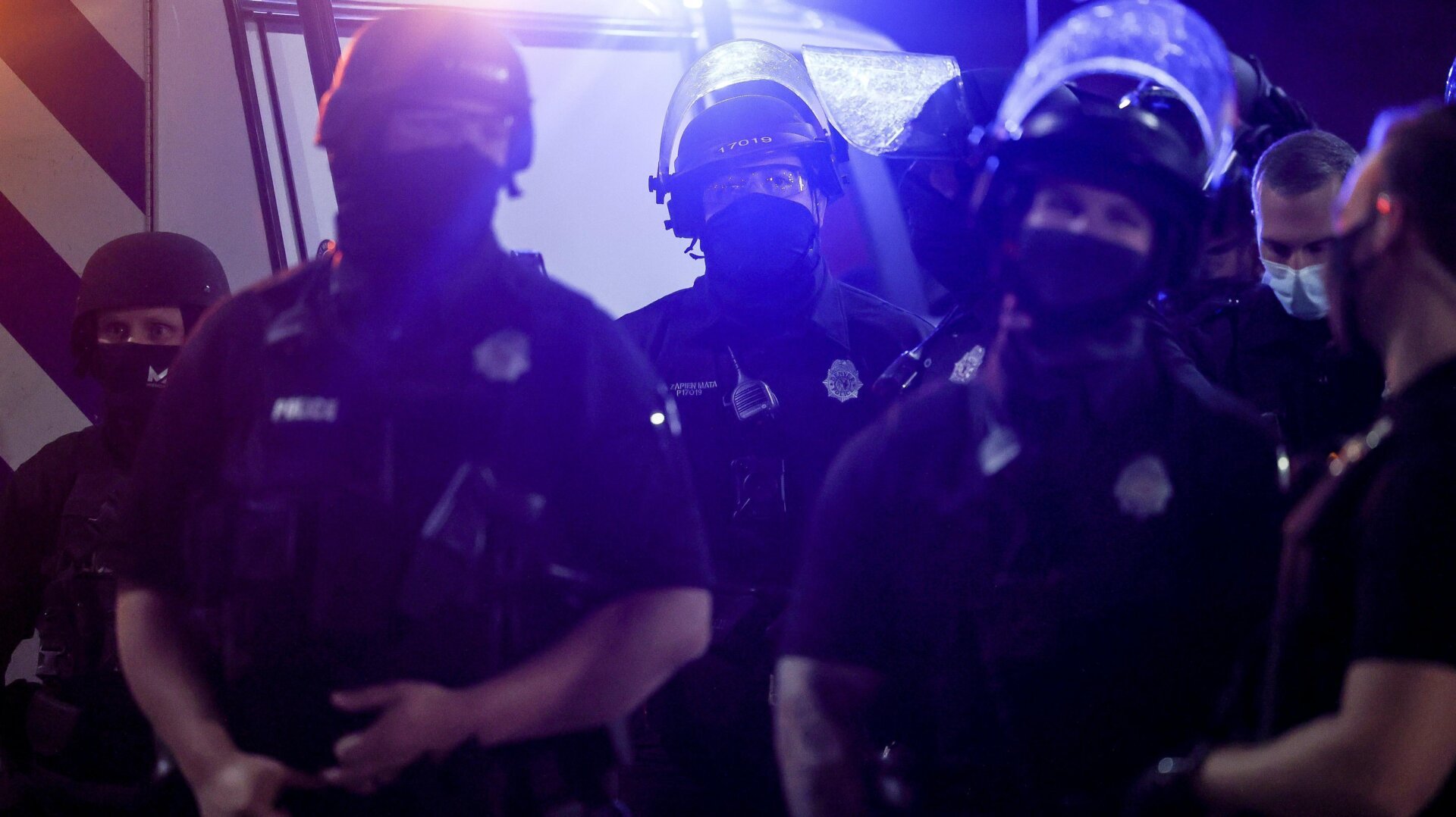LISA: Revolutionizing the Study of Gravitational Waves
A New Era in Gravitational Wave Research
LISA, a $1.6 billion gravitational wave observatory set to launch next decade, will revolutionize the way we see gravitational waves—the infinitesimal perturbations of spacetime first predicted over a century ago and only detected eight years ago.
Understanding the Data: Insights and Implications
In the fall, we published a deep-dive into LISA’s design and the engineering hurdles that must be overcome to get the futuristic craft into space. Now, we’ve asked scientists about the actual data LISA will collect—what insights that data could yield and how those insights stand to change our understanding of the universe, from the sources of its gravitational ripples to the way those reverberations shape the cosmos.
LISA: Simple yet Precise
LISA stands for the Laser Interferometer Space Antenna, and comprises three spacecraft orbiting the Sun in a fixed triangular formation. LISA is an interferometer, meaning that the mission will sniff out gravitational waves using laser interferometry—measuring the distances between masses using incredibly precise laser beams about 5 million miles (8 million kilometers) long, with each arm of LISA’s triangle comprising about 1.6 million miles (2.5 million km) of that length.
The Lasers: A Crucial Component
The lasers are crucial but only one part of LISA… of a puzzle. The lasers are used to measure the distances between masses, but they are just one piece of the puzzle. The actual data collected by LISA will be a complex and multifaceted dataset that will require sophisticated analysis and interpretation.
Unveiling the Secrets of the Universe
Webb Space Telescope observations of the Little Red Dots see the splotches of light as they were when the universe was between 600 million years old and 1.5 billion years old. Though recent research indicates the dots are signs of previously obscured black hole growth in the early universe—and cosmological models aren’t “broken” as headlines suggested—LISA observations would help reveal the exact nature of the puzzling light sources.
Unlocking the Mysteries of Black Holes
LISA will observe the churning of black holes and better characterize the array of compact objects in our universe. That information can also be applied to existing cosmological models and prevailing theories, such as Einstein’s general relativity. The ground-truth data (so to speak—we are talking about space here) will be a compelling stress test for those ideas about the universe, one of which was famously validated when LIGO first detected gravitational waves in 2015.
A New Frontier in Cosmology
There are plenty of known unknowns in the inky black yonder of spacetime, but LISA scientists are determined to pull back the curtain—if only a bit—on some of the universe’s most foundational mysteries. The data collected by LISA will be a major step forward in our understanding of the universe, and will likely lead to new discoveries and insights that will challenge our current understanding of the cosmos.
Source Link




